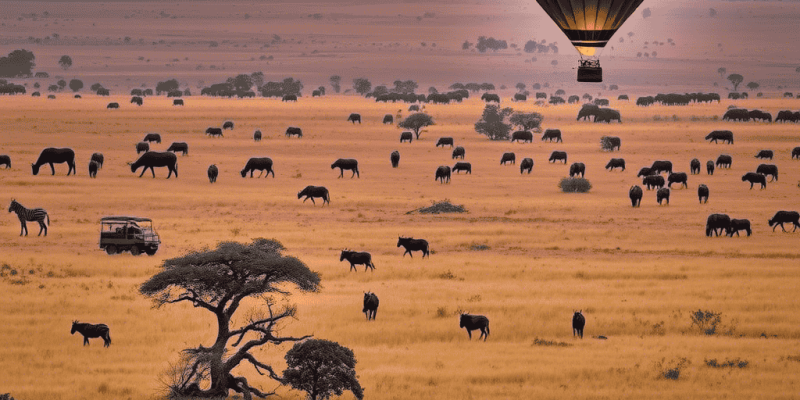Planning a safari in Kenya? With over 50 national parks and reserves, choosing the right destination can be overwhelming. This comprehensive guide, crafted with expertise and firsthand insights, ranks Kenya’s top 10 safari parks for 2025, including hidden gems that most tourists overlook. Whether you’re a wildlife enthusiast, a photographer, or a luxury traveler, this guide ensures you make the most of your Kenyan safari adventure.
1. Masai Mara National Reserve
- Size: 1,510 square kilometers
- Best for: Big cats and the Great Migration
- Peak season: July to October
- Unique feature: Highest concentration of lions in Africa
The Masai Mara is Kenya’s crown jewel, renowned for hosting the Great Migration, where over 2 million wildebeest, zebras, and gazelles cross the Mara River. This spectacle, combined with the park’s dense population of lions, leopards, and cheetahs, makes it a must-visit. For a more exclusive experience, explore the Mara Triangle, which offers fewer crowds and equally stunning wildlife encounters.
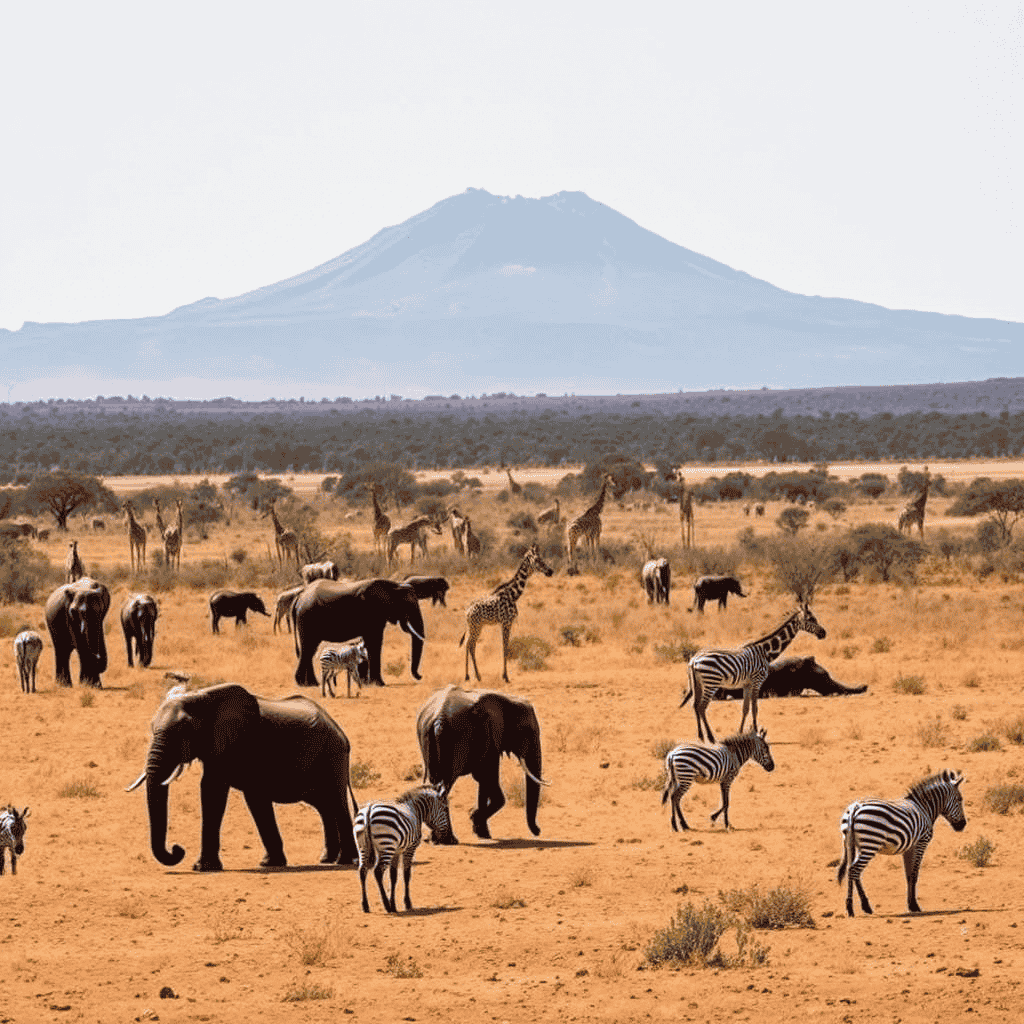
2. Amboseli National Park
- Size: 392 square kilometers
- Best for: Elephant photography
- Peak season: June to October
- Highlight: Mount Kilimanjaro backdrop
Amboseli is famous for its large elephant herds and breathtaking views of Mount Kilimanjaro. The park’s flat terrain and sparse vegetation make wildlife spotting effortless, while its marshlands attract a variety of bird species. Stay at Tortilis Camp for luxury accommodations with unobstructed views of Kilimanjaro.
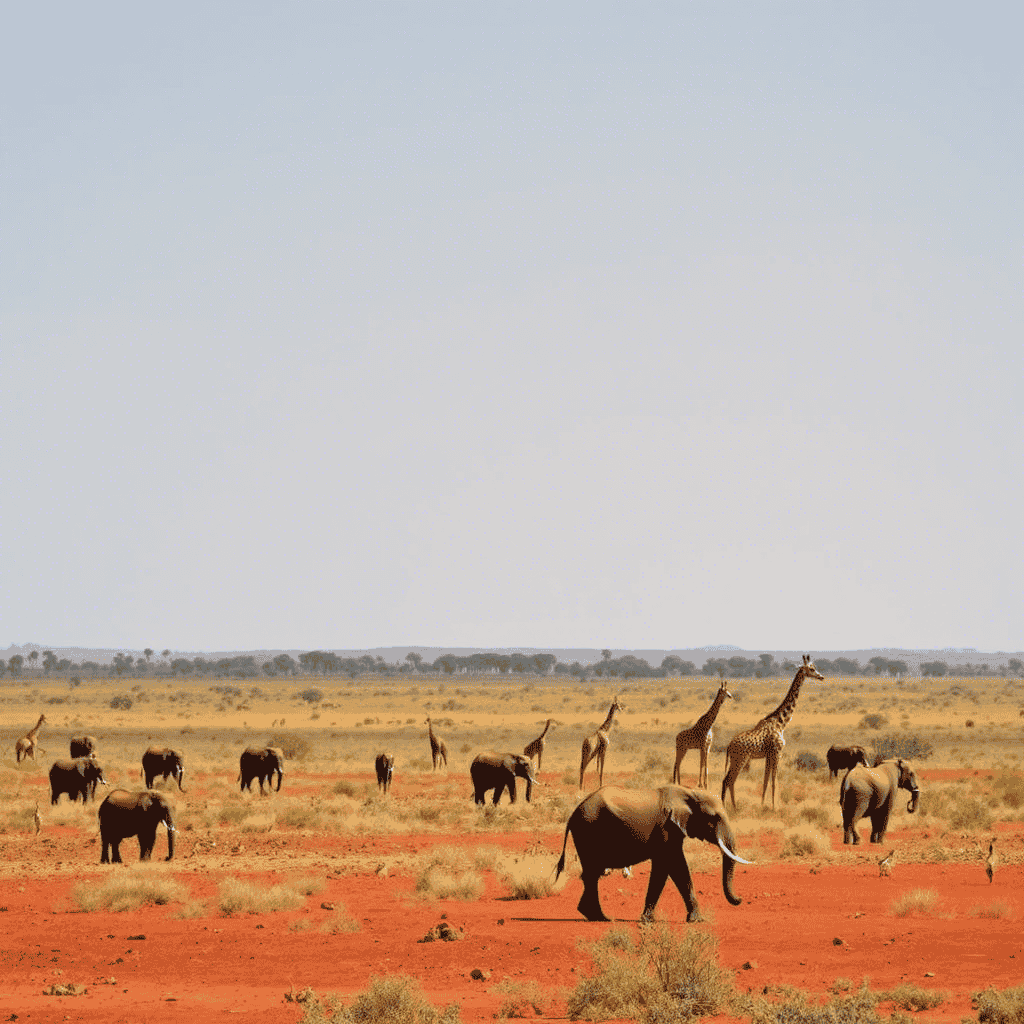
3. Tsavo East National Park
- Size: 13,747 square kilometers
- Best for: Wilderness experience
- Peak season: January to February, June to October
- Special feature: Red elephants
Tsavo East, Kenya’s largest park, offers a truly wild experience. Its red elephants, colored by the park’s oxide-rich soil, are a unique sight. The park’s vastness ensures you’ll often have wildlife sightings all to yourself. Don’t miss Mzima Springs in Tsavo West, where crystal-clear waters teem with hippos and crocodiles.
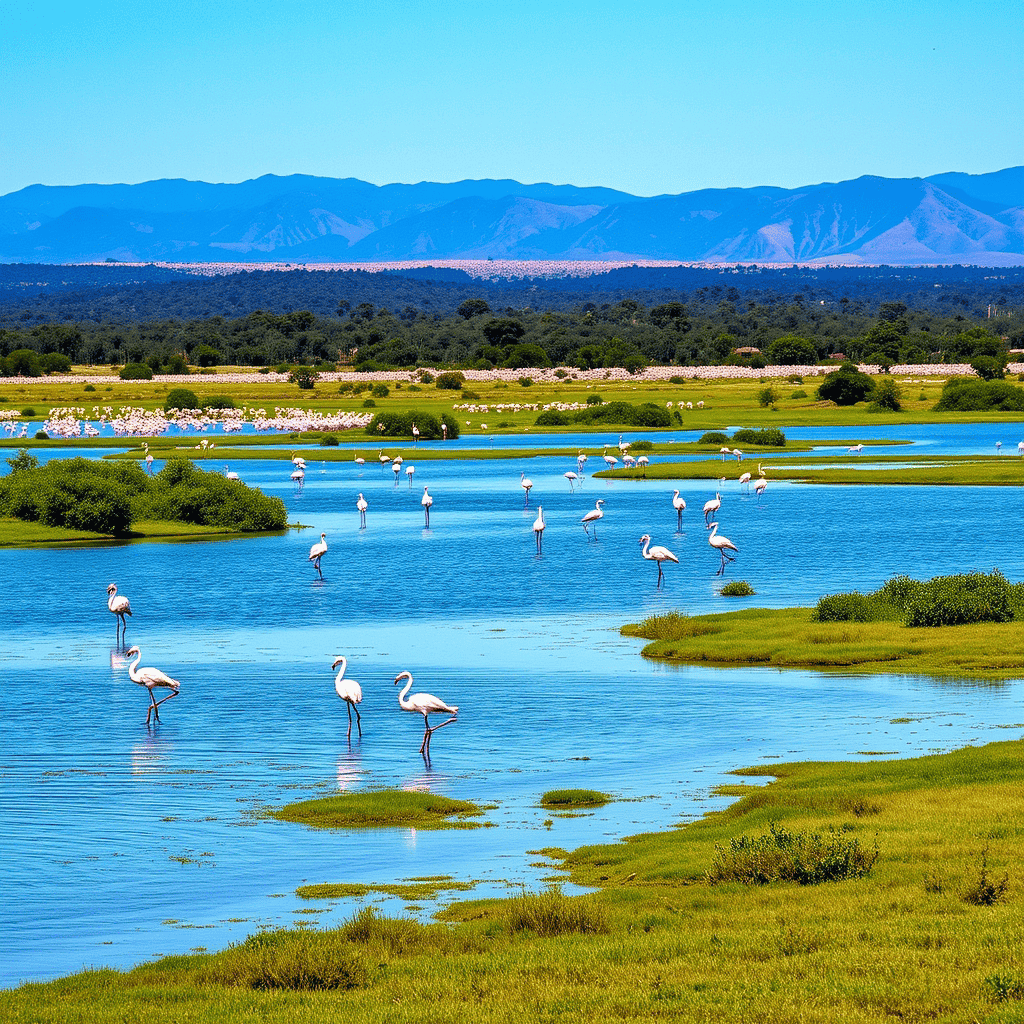
4. Lake Nakuru National Park
- Size: 188 square kilometers
- Best for: Rhino viewing and birdwatching
- Peak season: Year-round
- Unique feature: Both black and white rhinos
Lake Nakuru is a haven for rhino enthusiasts, hosting both black and white rhinos. The lake’s algae attract thousands of flamingos, creating a stunning pink carpet effect. Birdwatchers will also appreciate the park’s 400+ bird species.
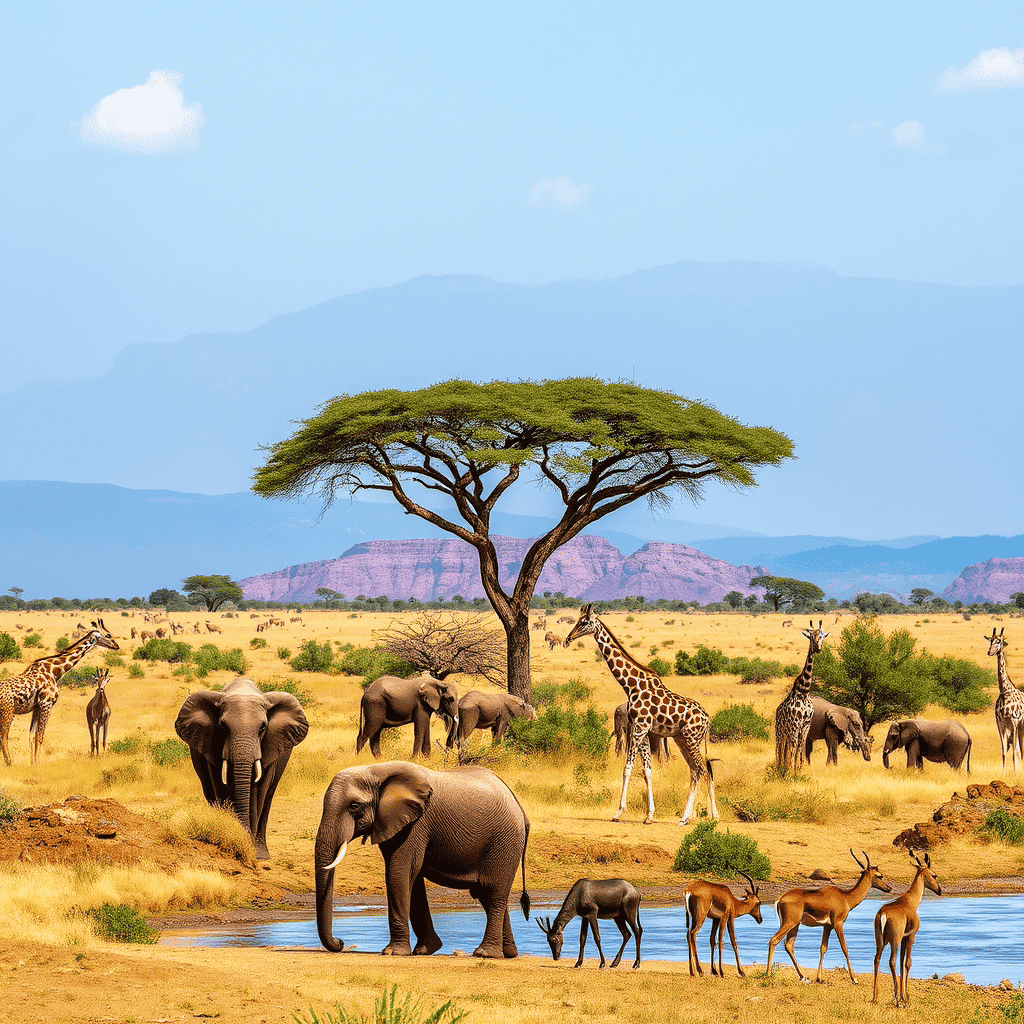
5. Samburu National Reserve
- Size: 165 square kilometers
- Best for: Unique species
- Peak season: December to March, July to October
- Special species: Reticulated giraffe, Grevy’s zebra
Samburu is home to the “Special Five”: the reticulated giraffe, Grevy’s zebra, Beisa oryx, gerenuk, and Somali ostrich. The Ewaso Nyiro River sustains the park’s diverse wildlife, making it a hotspot for unique sightings.
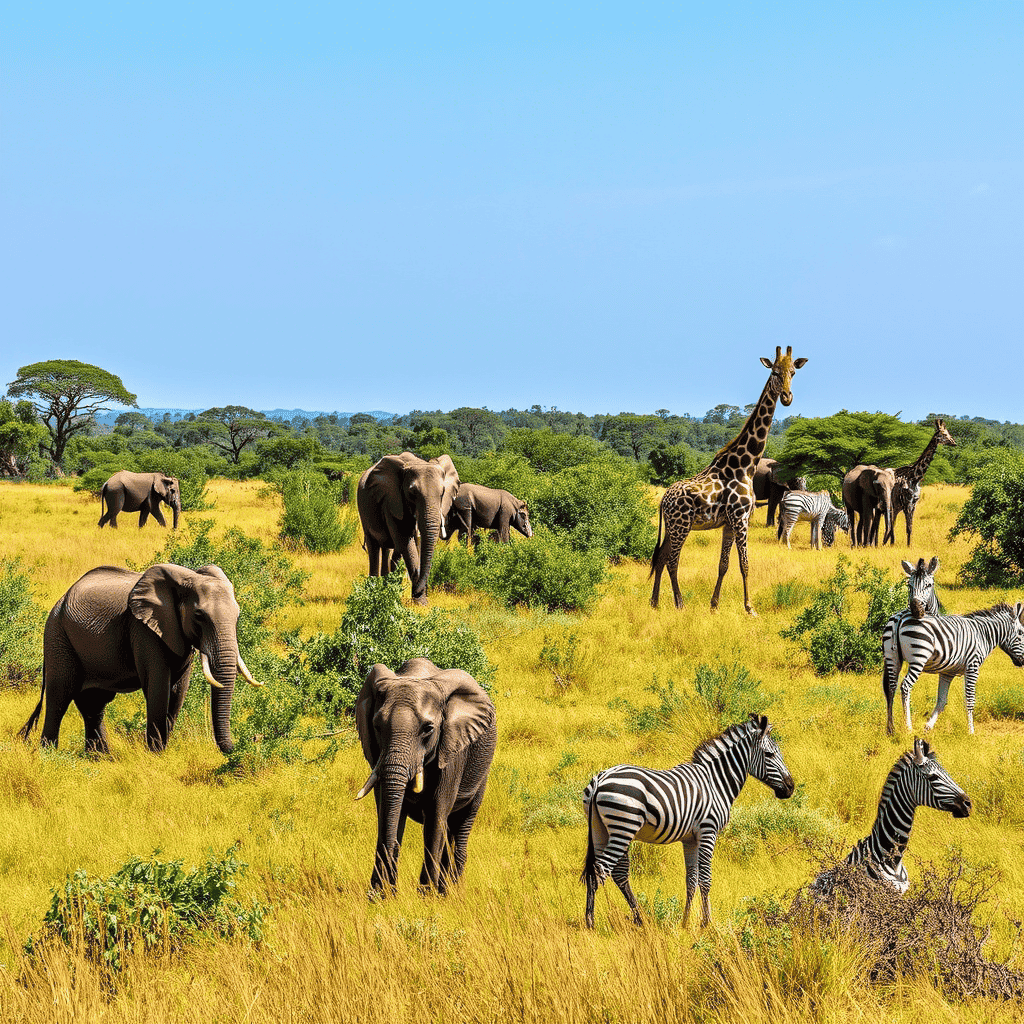
6. Meru National Park
- Size: 870 square kilometers
- Best for: Off-the-beaten-track safari
- Peak season: July to October
- Claim to fame: Born Free story setting
Meru offers an authentic wilderness experience with fewer tourists. Its rivers, teeming with crocodiles and hippos, create diverse ecosystems. The park’s recovery from poaching in the 1990s is a testament to Kenya’s conservation efforts.
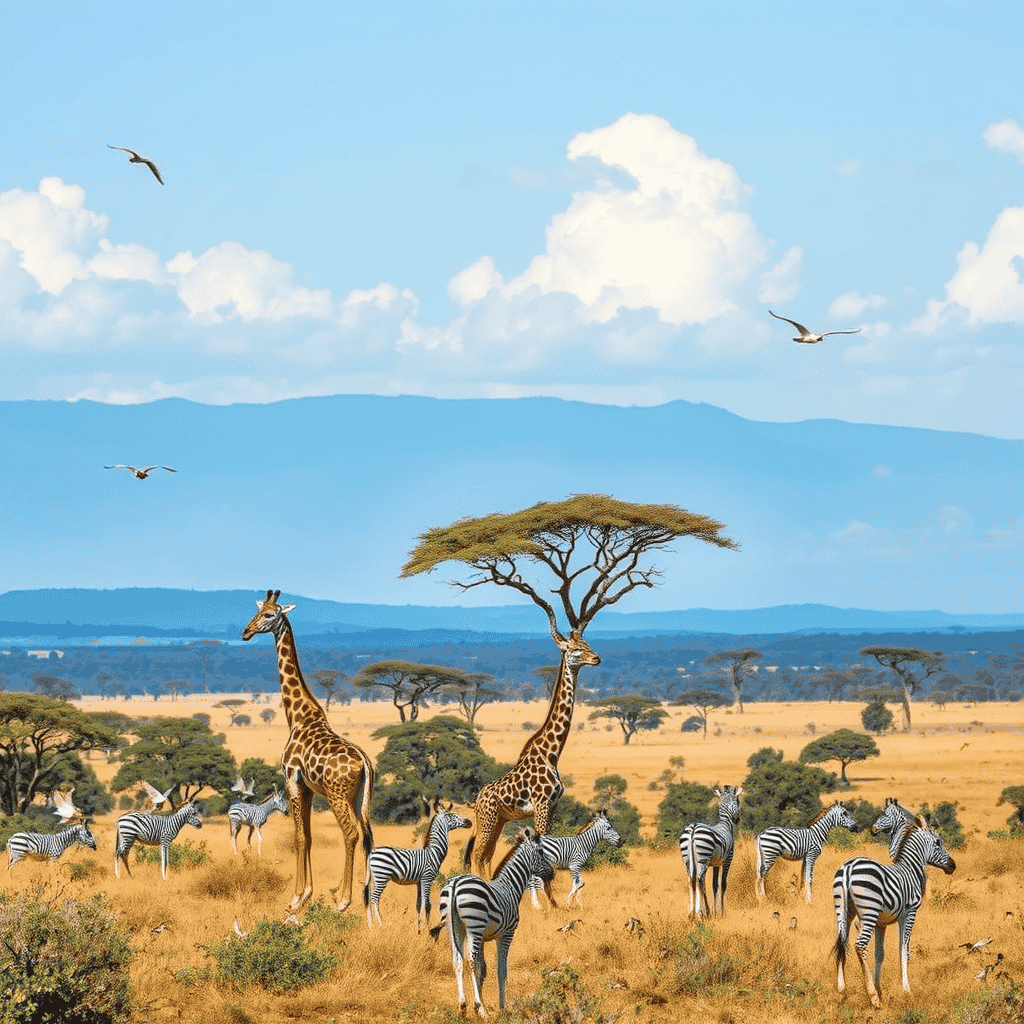
7. Nairobi National Park
- Size: 117 square kilometers
- Best for: Quick safari
- Peak season: Year-round
- Unique feature: Only capital city national park in the world
Just 7 kilometers from downtown Nairobi, this park offers incredible wildlife viewing against a city backdrop. It’s perfect for layovers or business travelers looking for a quick safari fix.
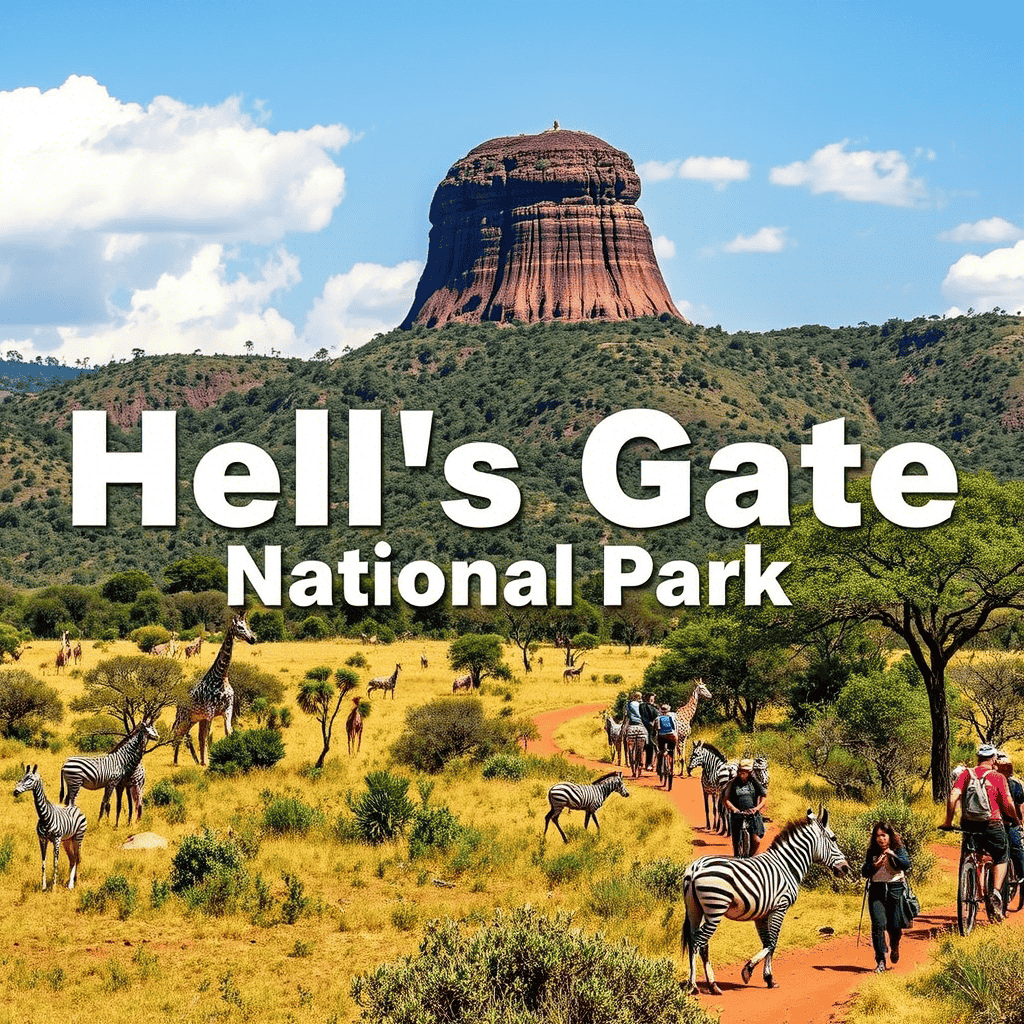
8. Hell’s Gate National Park
- Size: 68.25 square kilometers
- Best for: Active adventures
- Peak season: Year-round
- Activities: Rock climbing, cycling, hiking
Hell’s Gate is the only park where you can cycle or walk among wildlife. Its dramatic cliffs and gorges inspired settings in The Lion King. It’s a paradise for adventure seekers.
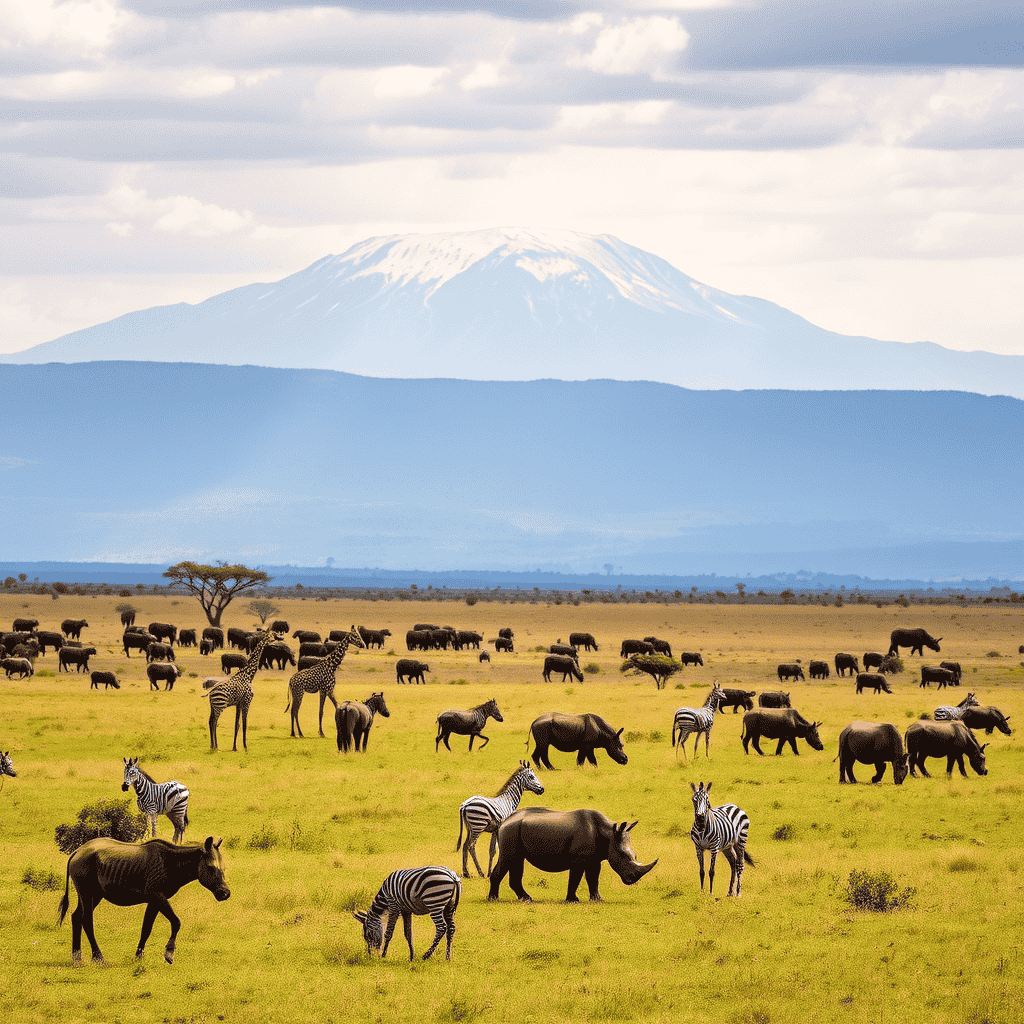
9. Lewa Wildlife Conservancy
- Size: 250 square kilometers
- Best for: Luxury safari experience
- Peak season: December to March, July to September
- Conservation focus: Rhino protection
Lewa offers exclusive wildlife viewing and hosts 14% of Kenya’s rhino population. Its luxury lodges and personal guides ensure an unforgettable bush experience.
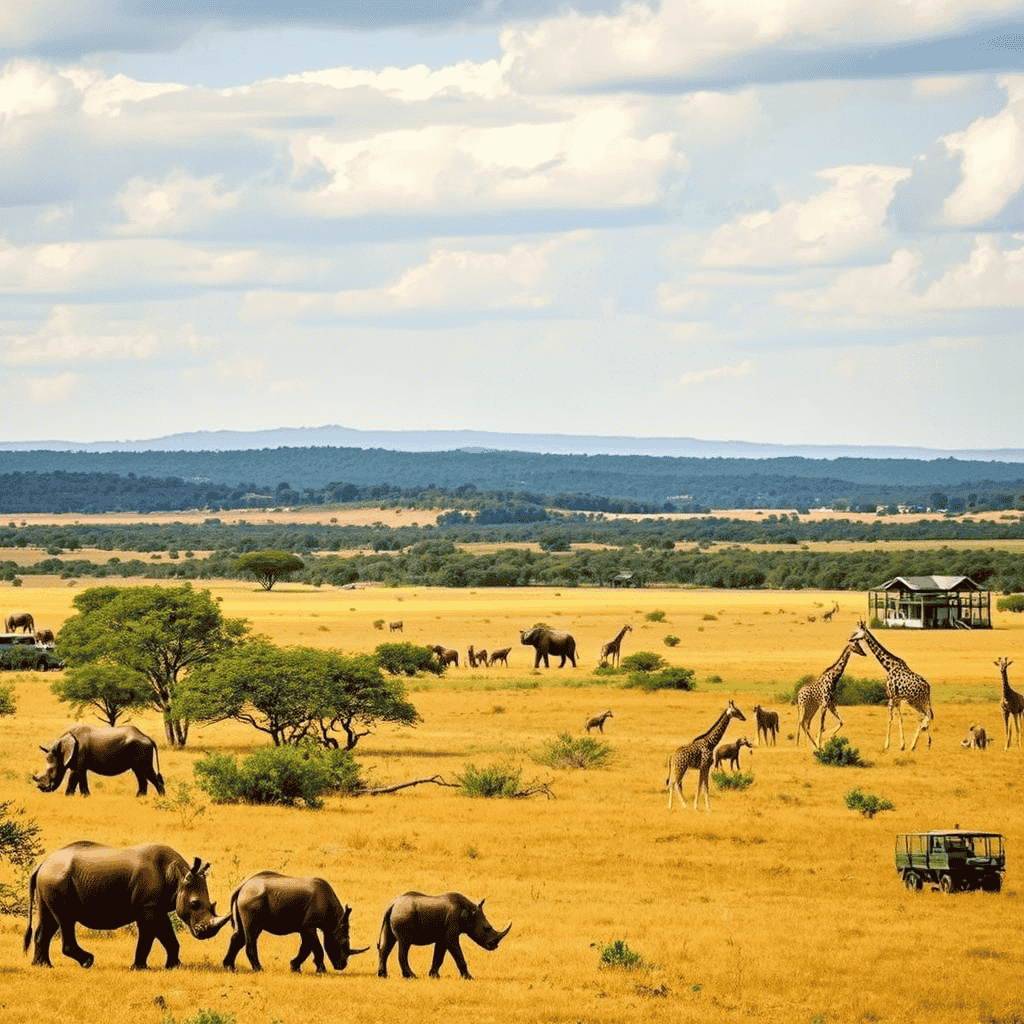
10. Ol Pejeta Conservancy
- Size: 360 square kilometers
- Best for: Rhino encounters
- Peak season: Year-round
- Special feature: Last two northern white rhinos on Earth
Ol Pejeta is a conservation success story, home to the world’s last two northern white rhinos. Visitors can participate in unique conservation experiences while enjoying exceptional rhino viewing.
Best Time to Visit Kenya
- July to October: Peak season, perfect weather, and the Great Migration.
- November to December: Short rains, lush green scenery, and fewer crowds.
- January to February: Hot and dry, excellent for wildlife viewing.
- March to June: Long rains, budget-friendly, and fewer tourists.
Expert Planning Tips
- Book Early: Secure accommodations 6-8 months in advance for peak season.
- Combine Parks: Pair popular parks like Masai Mara with lesser-known gems like Samburu for a diverse experience.
- Allow Time: Spend at least 2-3 days per park to fully appreciate its wildlife.
- Consider Shoulder Seasons: Travel during November-December or March-June for better rates and fewer crowds.
- Hire Professional Guides: Their expertise ensures the best wildlife sightings and a deeper understanding of the ecosystem.
This guide is designed to help you plan an unforgettable safari in Kenya, combining expert advice, firsthand insights, and practical tips. Whether you’re chasing the Big Five or seeking unique wildlife encounters, Kenya’s parks offer something for every traveler. Start planning your dream safari today!

